Although we’ve historically been focused entirely on tequila, there’s a whole wide world of agave spirits to explore.
The term “agave spirit” is used for anything that falls outside of the narrow definitions prescribed for “tequila”, “mezcal” and other denomination of origin products, but they all share something in common – They are all made from the agave plant, fermented, and then distilled.
Agave Spirits are now being made all over the world. Australia, South Africa, California, Hawaii, Israel, India, Ecuador, Venezuela, and Japan are some examples.
In Venezuela, for instance, they produce Cocuy, which is made from the native cocuy agave, which grows wild in the region and can take up to 12 years to mature. Cocuy, or “Cocuy Pecayero” is, like tequila and mezcal, a “denomination of origin” product that is unique to the terroir and traditions of the locality.
Review: La Capilla Blanco Clarito Cocuy
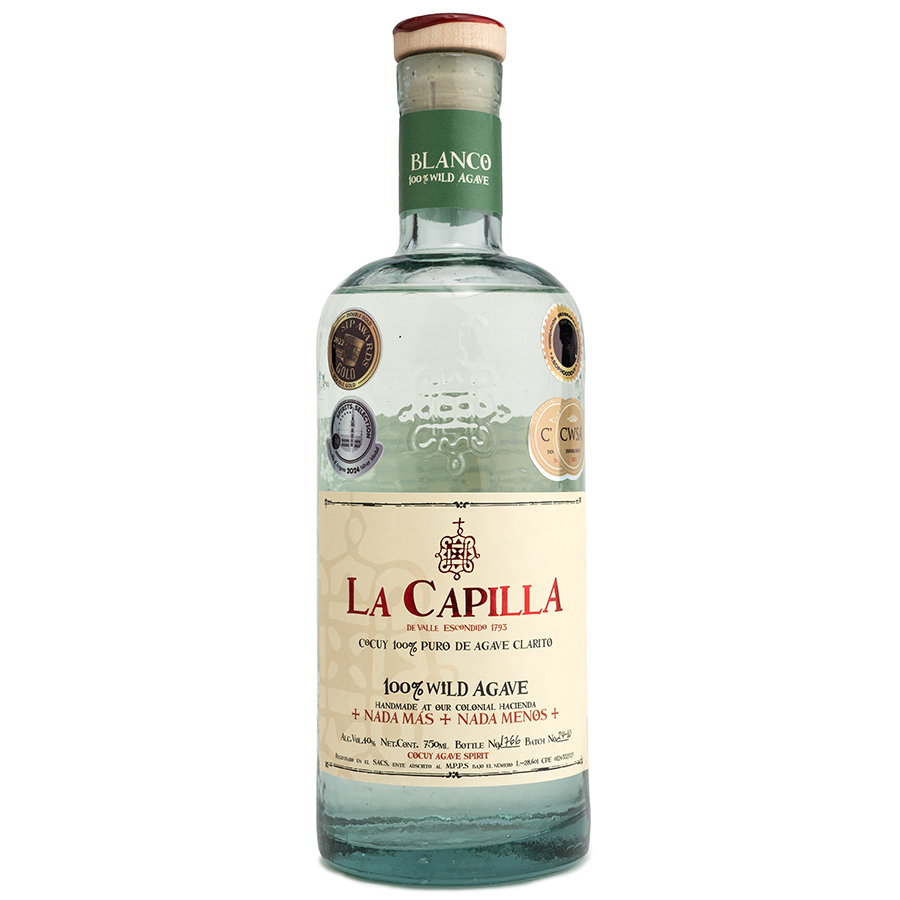
I’m getting a lot of interesting fermentation funk on this, but it also has a fruity, apple-mixed-with-cinnamon component. There’s also minerals, butter, smoke, and a touch of lactic mustiness that gives it a sense of place.
The wild cocuy agaves are cooked in earthen pits over charcoal for 10-15 days, which brings the smoke, but it’s not overwhelming, so the agave still shines through.
The flavor also has a touch of smoke, as well as agave, cinnamon, and butter. The lactic funkiness isn’t present in the flavor at all. It’s bottled at 40% abv, so the mouthfeel isn’t as thick and the finish is shorter when compared to the other agave spirits I tried in the same lineup.
I didn’t know what to expect when I first tasted this new-to-me spirit, but was pleasantly surprised. I think any fan of agave spirits should give this a try.
It’s available at SipTequila for just $49.99.
Different Terroir, Different Spirits
After I tried these non-Mexican agave spirits I felt the need to expand my vocabulary to describe what I was smelling and tasting. I had to resist trying to compare them to tequila because, although they are made with agave, they are all different. (And for me, that’s the exciting part.)
Since agave spirit locations vary dramatically in terms of soil, elevation, weather, and water, these distillates can (and should) have a completely different flavor profile. Especially if the producer selects agaves more suitable for that particular environment.
This is the case with California Agave Spirits, which use agaves grown within the State of California, and by law must be free of additives. We believe this particular category is set to explode in growth within a few years as the supply of mature California-grown agave becomes available.
At the moment, California agave spirits tend to be small batch, and are immediately sold out, hinting at high demand once larger productions are possible.
Here are a couple we had the chance to try:
Review: El Ladrón Yolo
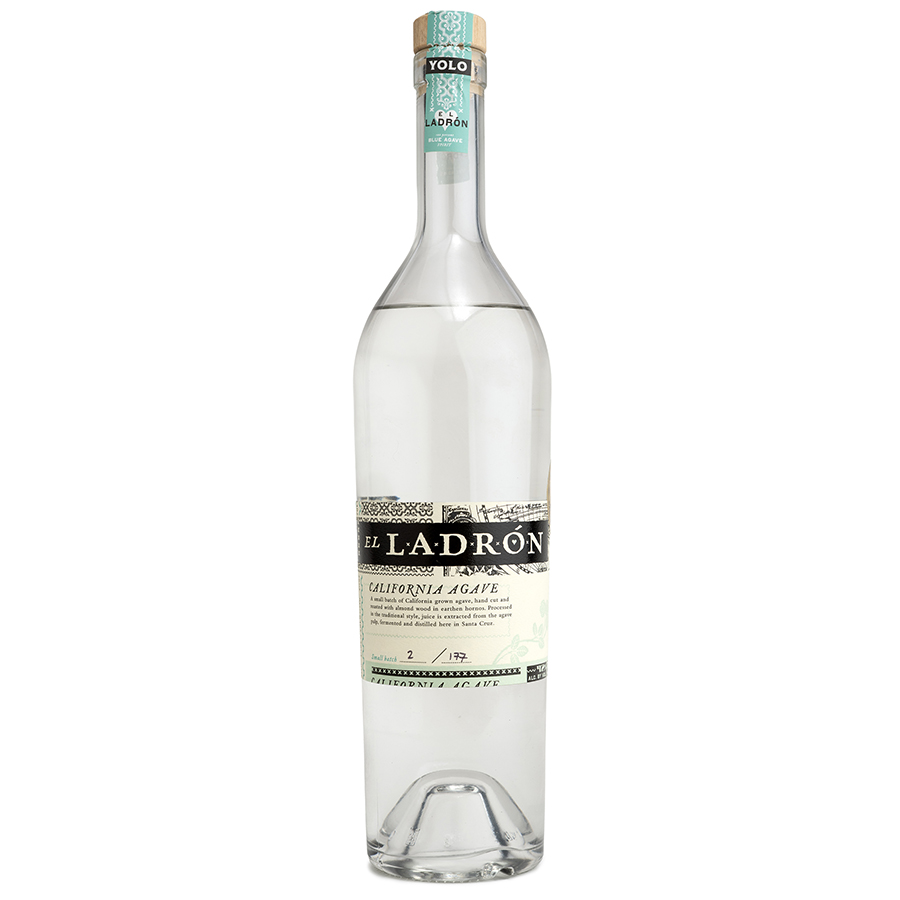
This agave spirit was made entirely using blue agaves from Yolo, California, and it’s considered a limited release. The process involved cooking the agaves in traditional pits, using almond wood. It is then distilled by Venus Spirits in Santa Cruz, California, and bottled at 42% abv.
The aroma has a mineral/stone/flint aspect that stands out the most to me, followed by olives, citrus, grass, mushrooms, and lavender.
The flavor has more cooked agave than the aroma, along with cinnamon and vanilla, which makes me think these agaves spent a good amount of time during cooking to get caramelized.
The finish is a bit dry, but not overly-so, and it has a medium body and a moderate length.
I’m not getting much smoke on this one. It’s there, but I had to search pretty hard for it. (That’s a good thing, in my opinion.)
You can buy it for $90 from their website.
Review: SHELTER Rancho del Sol 2024
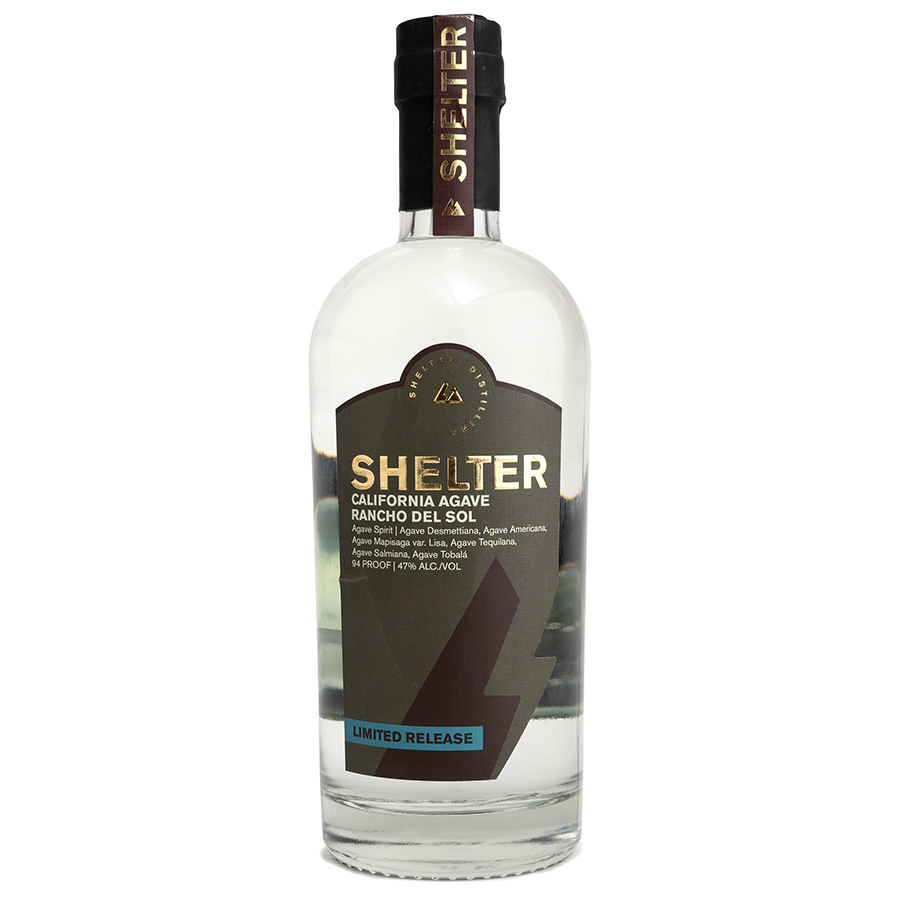
This is made from a blend of six different California-grown agaves: Agave Desmettiana, Agave Americana, Agave Mapisaga variation Lise, Agave Tequilana, Agave Salmiana, and Agave Tobalá.
Perhaps that’s why it has a ton of character.
Aroma: Mint, minerals, earth, cracked pepper, snickerdoodle, vegetal/green notes, artichoke, tropical fruits, and something very reminiscent of kimchi, a sour vegetable component that I’ve never encountered in any agave spirit before.
Flavor: Agave, earth, and mint. The mouthfeel is thick and oily, and the finish is long and pleasing, ending with green apple and grapes as it fades out.
This is distilled to 47% abv. I spent a long time with my nose in this glass trying to come up with descriptive words for all the unique aromas I was finding. The agave is there, yes, but it is expressing itself in a whole new way.
This was a small batch, limited release, and it sold out immediately for $89.99. If it were available, I would recommend buying it. Otherwise, just let’s hope they make it again sometime in the future.
Brand’s website: https://shelterdistilling.com/collections/agave/products/rancho-del-sol
Getting Back to Familiar Territory
Circling back to tequila, remember that tequila is a type of agave spirit. It’s supposed to be made according to the rules established by the industry. In the case of tequila, only one type of agave can be used, and it must be made within specific regions of Mexico.
If other agaves are used, or if it’s made outside of the defined region, then the word “tequila” cannot be used on the label. Even if it is made within the specific region, and using the allowed type of agave, then the word “tequila” cannot be used on the label if the distillery is not audited by a regulator.
There are some notable agave spirits made in Jalisco that aren’t “tequilas”, such as El Caballito Cerrero, and the new Cazcanes Nuestras Raíces. Both are made at distilleries that opted out of the regulatory process, and both are getting high marks from aficionados and bartenders alike.
Review: El Caballito Cerrero Blanco Azul 46%

Natural, spontaneous fermentation has a unique signature that I really love. It tends to bring a more-rounded, oily, and complex set of aromas and flavors. It takes longer, and can yield unpredictable results, so most distilleries avoid it in favor of consistency.
But Caballito Cererro, located in an historic distillery in Amatitan, Jalisco, likes taking the natural path. The producers don’t add accelerants or nutrients to their fermentation tanks. They have the patience required to be able to achieve this particular flavor profile.
This 46% abv agave spirit is so easy to drink that I end up killing large amounts of a bottle without realizing it. It’s made with 100% weber blue agaves, which are cooked in brick ovens. The distillery has an unlimited amount of pristine spring water running right through it, so they source their water there. Fermentation happens in open stainless steel tanks and distillation happens in both stainless steel and copper pot stills.
The result is a profile that really resonates with me, with aromas of agave, sauerkraut, and olive. Flavors include cooked agave, green olive, and brine/salt. The finish is thick and oily, and has a hay/straw quality to it.
It’s not super complex, but I love it anyway. The aromas and flavors are in perfect balance, and it smells and tastes like a natural expression of the agave.
Review: Cazcanes Nuestras Raíces
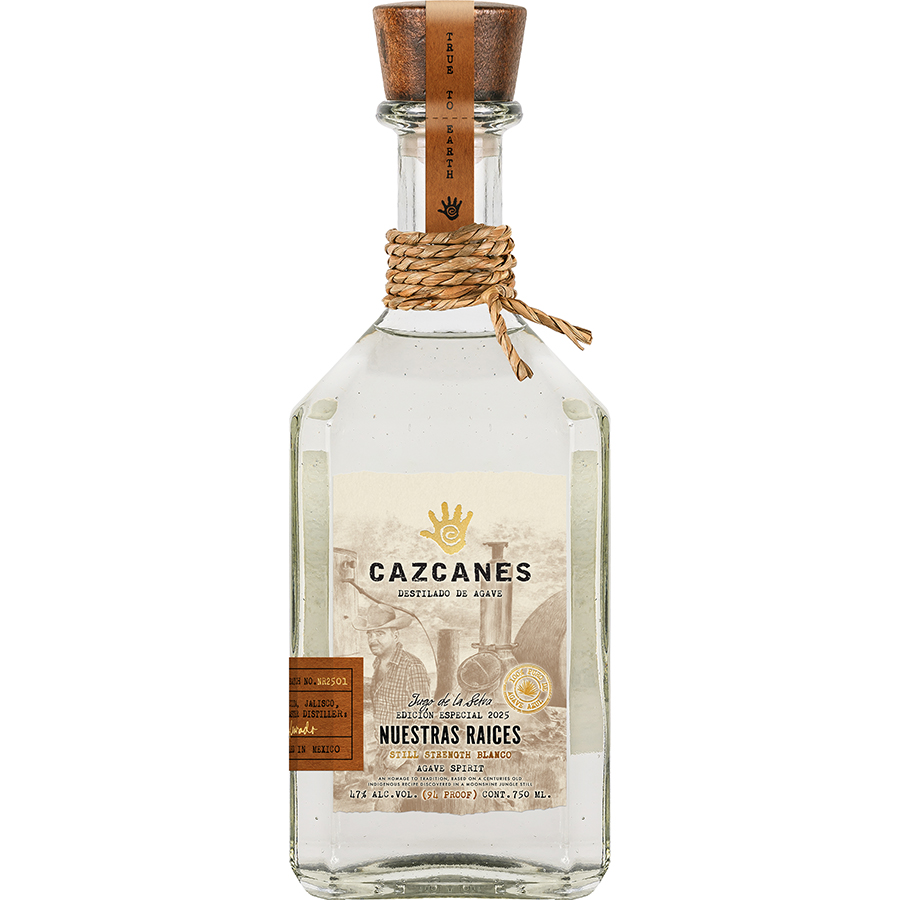
If I’m in the mood for complexity, I can come here.
What I like the most about this product is how real it is. It’s a pure expression of agave and the environment where it was produced. [Get production details here]
This is a rustic product, so if you’re expecting something overly filtered, watered-down, safe, clean and neutral, this is not for you. But for those who want to take a walk on the wild side, it’s an adventure in complexity.
It has aromas of earth, citrus, olive, cooked agave, hay (something I tend to get when fibers are used in the fermentation). It also has butter, wet cement, and cinnamon, after you let it open up for a while. There’s also this “creamy” thing to the aroma, which is a weird description, but it’s the best I can do to describe it.
The flavor is vegetal, earthy, cooked/burnt agave, and smoke (likely resulting from the burnt agaves lining the very bottom of the oven which came in contact with the flame).
The finish is dry, with jalapeño, earth, and more cooked agave. It lasts a while and evolves nicely, so don’t rush it.
I’m grateful that a product like this exists, and even more that I had the chance to try it.
Old Town Tequila sells it for $109.99, and Sip Tequila sells it for $129.99, but was sold out in both places when we last checked.
We have a planet filled with agave, and a world of people now ready to explore all of the variations that the plant has to offer.
This story is the first in what will be a series of exploration into agave spirits of the world. If you have suggestions on products I need to try, please let us know.
Are you interested in venturing beyond tequila and mezcal? Let us know in the comments.


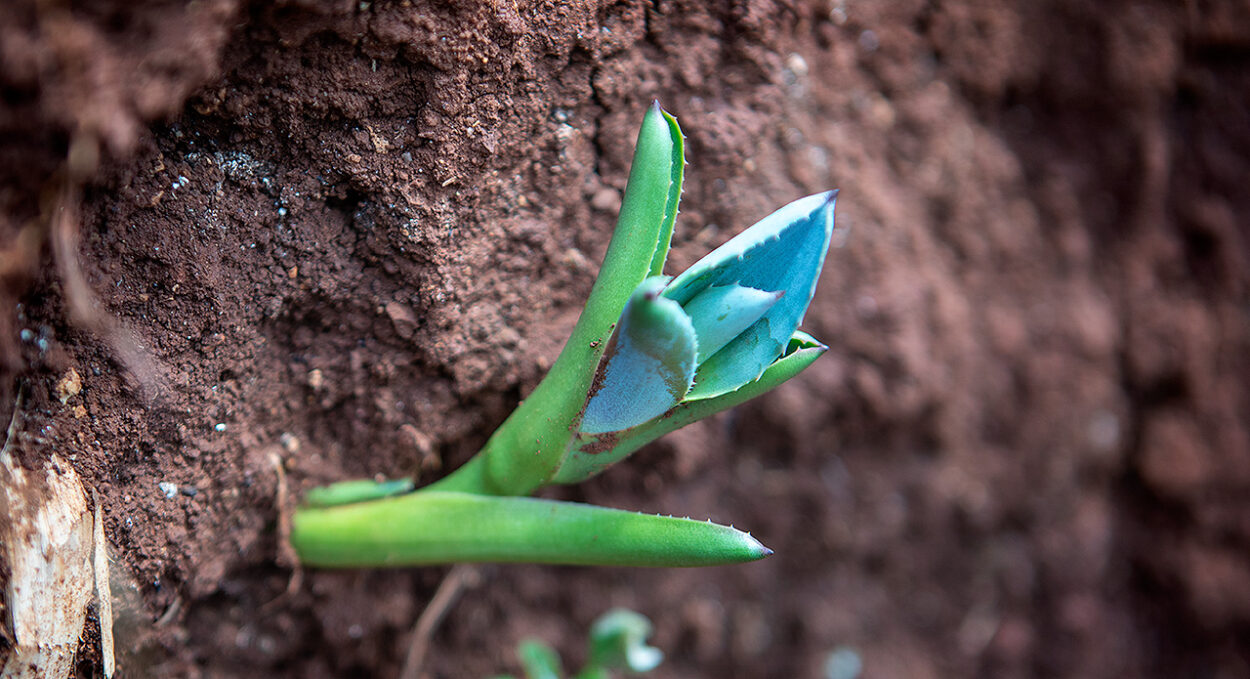
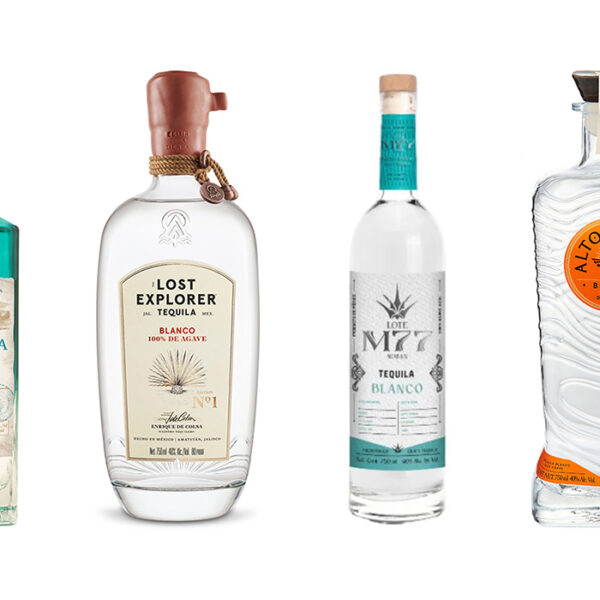
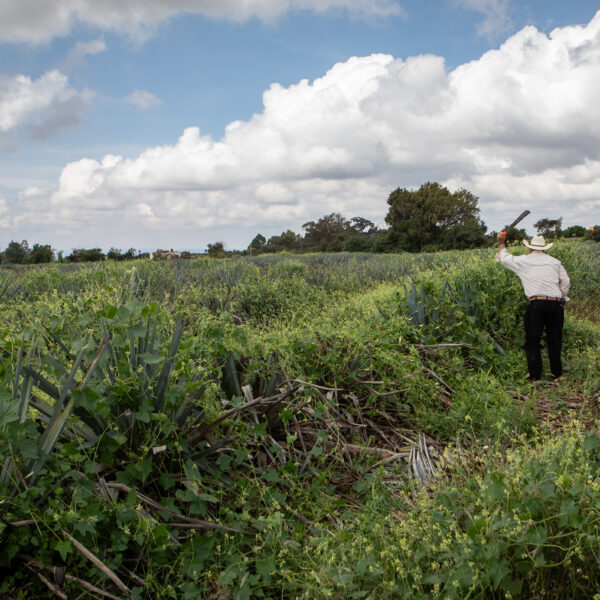
Grover,
Great article! Thanks from all of us at the California Agave Council.
californiaagave.org
-Craig